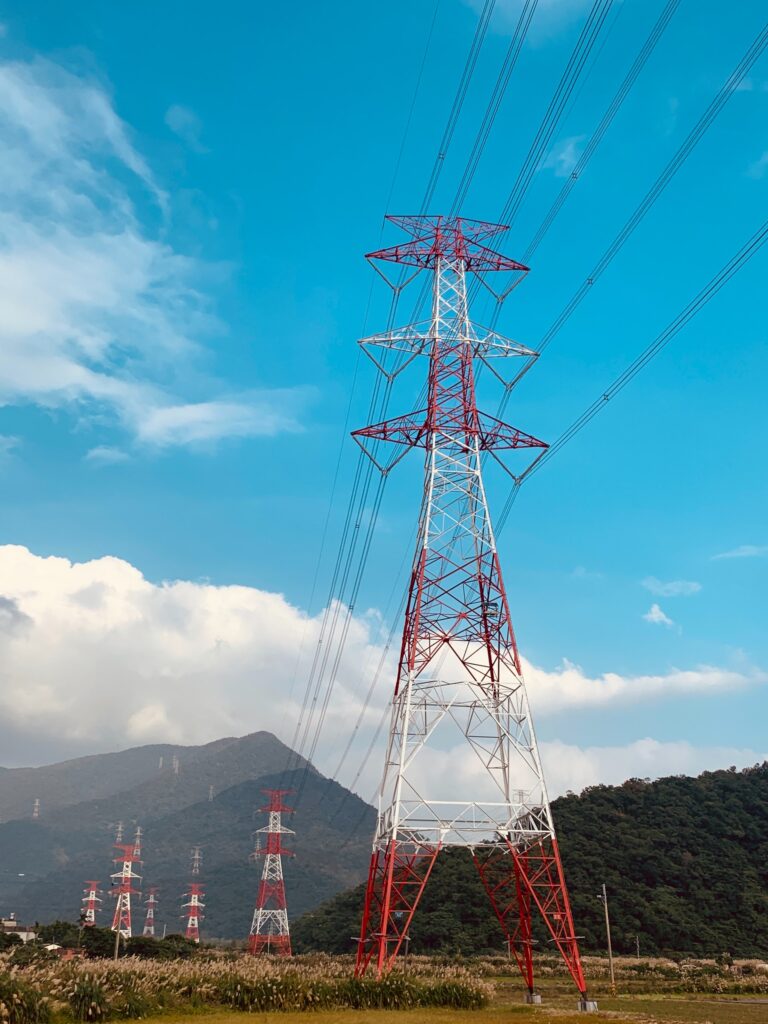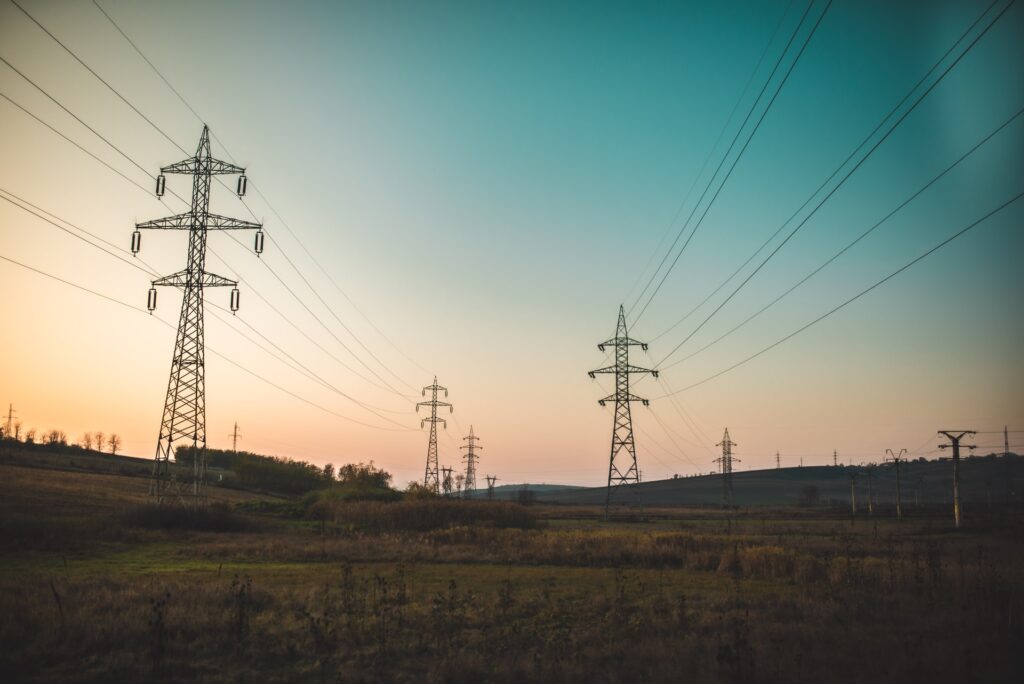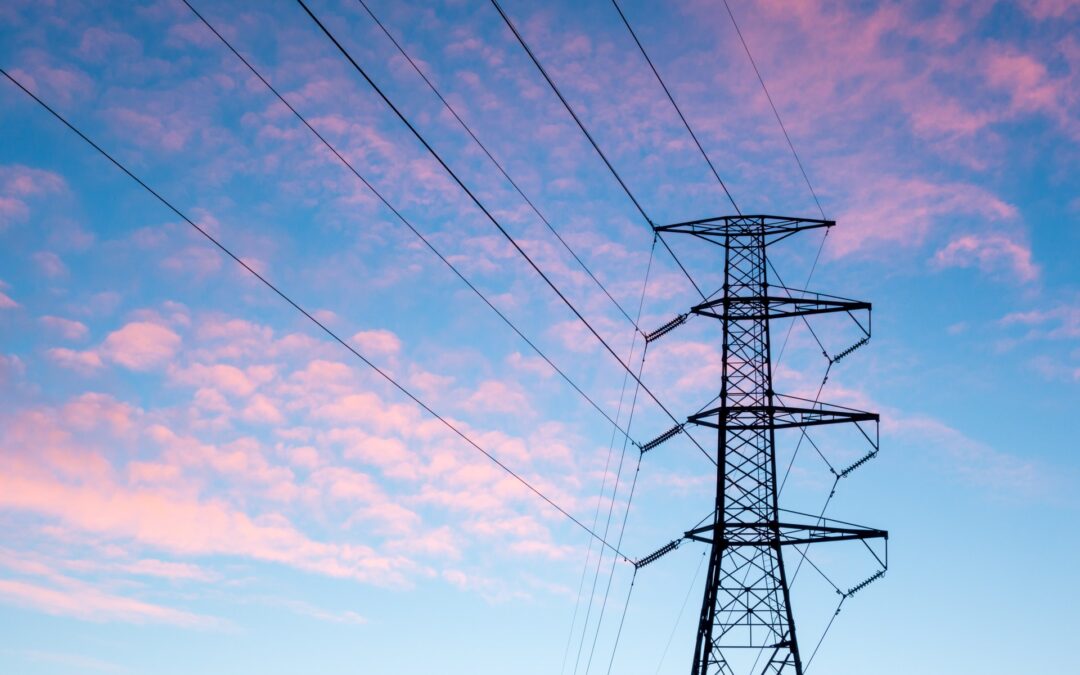TTF POWER TECHNOLOGY CO. , LTD, built in 1992, which is a technology communication and electrical items of professional creating company of the intergrate in research and development, production, marketing. We specialize in the production of power line hardware and data communications hardware, including overhead line connector, power line insulator, power surge arrestor, utility fastener, distribution box and transformer, etc. This passage we will talk about the transformer.

What is Transformer?
A transformer is a confined part that moves electrical energy beginning with one electrical circuit then onto the following circuit, or various circuits. A changing current in any circle of the transformer conveys a moving appealing progress in the transformer’s middle, which prompts a fluctuating electromotive power across a few different twists bent around a comparative community. Electrical energy can be moved between free circles without a metallic (conductive) relationship between the two circuits.
Transformers are used to change AC voltage levels, such transformers being named push ahead or step-down type to augment or lessening voltage level, exclusively. Transformers can in like manner be used to give galvanic partition between circuits as well as a few periods of sign taking care of circuits. Starting from the making of the principal predictable conceivable transformer in a long time, have become central for the transmission, dissemination, and utilization of pivoting stream electric power. A broad assortment of transformer plans is knowledgeable about electronic and electric power applications. Transformers range in size from RF transformers under a cubic centimeter in volume, to units checking numerous tons used to interconnect the power framework.

Types of Transformer
Power Transformer
A power transformer moves power between a generator and the flow fundamental circuits. It gets to some degree puzzling in light of the fact that many use the term ‘power transformer’ to incorporate a ton of transformers, rather than a specific arrangement type. Additionally, some even suggest enormous transmission transformers as power transformers, to isolate between scattering transformers easily.
Regardless of what the particular definition, power transformers can have one of three positions – push ahead generator yield voltage to the transmission structure voltage level, step down transmission voltages to safe levels for course, or step down voltage to the partner power system level in a making station.
Power transformers can similarly can be arranged as one of two class – class I or class II. Very extraordinary naming system, I could add. Anyway, class I power transformers have high-voltage windings of 69 kV and under, while class II power transformers have high-voltage windings between 115 kV and 765 kV.
Just to make things a smidgen more bewildered, you can similarly characterize these by size – little, medium, or immense. Little power transformers fall under 69 kV, medium up to 230 kV, and tremendous power transformers are between 138-765 kV
Autotransformers
Not all the past voltage transformer which has two electrically confined windings called: the primary and the secondary, an Autotransformer has just a single voltage winding which is normal to the two sides. This single winding is “tapped” at different focuses along its length to give a level of the essential voltage supply across its optional burden. Then the autotransformer has the standard attractive center yet just makes them wind, which is normal to both the primary and secondary circuits.
Consequently in an autotransformer the essential and optional windings are connected together both electrically and attractively. The principal benefit of this kind of transformer configuration is that it tends to be made much less expensive for a similar VA rating, however the greatest inconvenience of an autotransformer is that it doesn’t have the essential/optional twisting segregation of a regular twofold injury transformer.
Generator Step-Up Transformers
Generator step-up transformers (GSU) are the fundamental association between the power station and the transmission association, every now and again worked continually at full weight. They ought to be attempted to carelessly get through ridiculous warm stacking without developing. Hitachi Energy have successfully passed the world’s first and most raised voltage hamper, on a 315 uber volt ampere (MVA), 765 kilovolt (kV) generator step up transformer (GSU).
GSU take the voltage from the generator voltage level up to the sensible transmission voltage level.
These transformers are arranged in a power station and are filled in as single-stage or three-stage units.
There are two (2) central advances for arranging and collecting: focus and shell. With shell-formed transformers, the fundamental and discretionary are on one leg and surrounded by the middle. With a middle outlined transformer, barrel molded legs windings cover the middle legs.
Auxiliary Transformers
Helper transformers supply power to a producing plant’s assistant burdens (think feed siphons, coolant siphons, and wellbeing gadgets that a power plant necessities to run). There are maybe one or two sorts of assistant transformers to monitor, yet luckily, we have more abbreviations to make our life simpler.
A unit helper transformers (UAT) is associated with a similar transport as the generator, stepping down voltage to take care of the assistant power framework transports. Whenever the generator is running, the UAT is supplying the helper load.
The save helper transformer (RAT) or startup assistant transformer (SAT) are backup transformers which are associated with an offsite high voltage framework – supplying the plant assistant power during startups or blackout periods.


